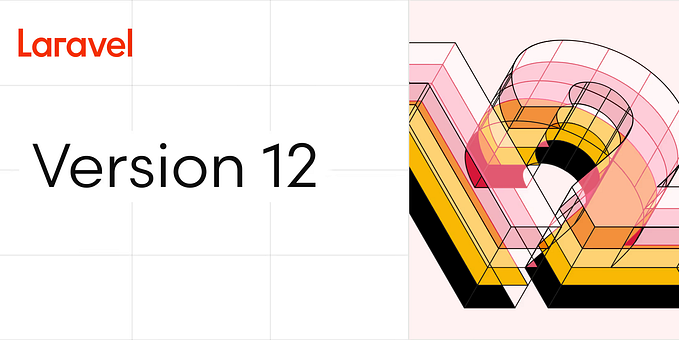Laravel Basic | How to use Laravel Model Observers
Hello,
If you need to see the example of laravel observers example. We will use how to use laravel model observers. you can understand a concept of what is observers in laravel. this example will help you laravel model observers.
I will explain to you how to use the laravel model observers event, you can easily use it with laravel 6, laravel 7, laravel 8, and laravel 9 projects.
Laravel Observers are used to group event listeners for a model eloquent. Laravel Observers will listener event for a model eloquent method like create, update and delete.
I will give you a very simple definition and use of laravel observers is, when you need to generate slug or auto-generate unique id or something like logic add before or after creating record then observers will help you. I will give you bellow events provided by observers and simple examples below:
Eloquent Hook
- Retrieved: after a record has been retrieved.
- Creating: before a record has been created.
- Created: after a record has been created.
- Updating: before a record is updated.
- Updated: after a record has been updated.
- Saving: before a record is saved (either created or updated).
- Saved: after a record has been saved (either created or updated).
- Deleting: before a record is deleted or soft-deleted.
- Deleted: after a record has been deleted or soft-deleted.
- Restoring: before a soft-deleted record is going to be restored.
- Restored: after a soft-deleted record has been restored.
Example:
Now here we will see a simple example, I have one product model and it has a name, slug, price, and unique_id column. so I need to create one record with the name and price only. but when it’s created I need to generate slug from name and auto-generate unique_id.
so let’s see how to create an observers class and how it will work:
app/Models/Product.php
<?php
namespace App\Models;
use Illuminate\Database\Eloquent\Factories\HasFactory;
use Illuminate\Database\Eloquent\Model;
class Product extends Model
{
use HasFactory;
protected $fillable = [
'name', 'price', 'slug', 'unique_id',
];
}Create observers class for Product. So, create bellow command:
php artisan make:observer ProductObserver --model=Productapp/Observers/ProductObserver.php
<?php
namespace App\Observers;
use App\Models\Product;
class ProductObserver
{
/**
* Handle the Product "created" event.
*
* @return void
*/
public function creating(Product $product)
{
$product->slug = \Str::slug($product->name);
}
/**
* Handle the Product "created" event.
*
* @return void
*/
public function created(Product $product)
{
$product->unique_id = 'PR-'.$product->id;
$product->save();
}
/**
* Handle the Product "updated" event.
*
* @return void
*/
public function updated(Product $product) {}
/**
* Handle the Product "deleted" event.
*
* @return void
*/
public function deleted(Product $product) {}
/**
* Handle the Product "restored" event.
*
* @return void
*/
public function restored(Product $product) {}
/**
* Handle the Product "force deleted" event.
*
* @return void
*/
public function forceDeleted(Product $product) {}
}Register Observers class on the provider.
app/Providers/EventServiceProvider.php
<?php
namespace App\Providers;
use App\Models\Product;
use App\Observers\ProductObserver;
use Illuminate\Auth\Events\Registered;
use Illuminate\Auth\Listeners\SendEmailVerificationNotification;
use Illuminate\Foundation\Support\Providers\EventServiceProvider as ServiceProvider;
use Illuminate\Support\Facades\Event;
class EventServiceProvider extends ServiceProvider
{
/**
* The event listener mappings for the application.
*
* @var array
*/
protected $listen = [
Registered::class => [
SendEmailVerificationNotification::class,
],
];
/**
* Register any events for your application.
*
* @return void
*/
public function boot()
{
Product::observe(ProductObserver::class);
}
}Create Demo Route:
routes/web.php
<?php
use App\Http\Controllers\ProductController;
use Illuminate\Support\Facades\Route;
Route::get('product', [ProductController::class, 'index']);Create Controller Route:
app/Http/Controllers/ProductController.php
<?php
namespace App\Http\Controllers;
use App\Models\Product;
class ProductController extends Controller
{
/**
* Display a listing of the resource.
*
* @return \Illuminate\Http\Response
*/
public function index()
{
$product = Product::create([
'name' => 'Platinum 1',
'price' => 10,
]);
dd($product);
}
}now you can run the project and see.
it will create a record as like bellow:

Did you know you can clap multiple times? 🥰 If this story added value to your day, please show your support by giving it a 👏 clap, sharing it with others, or even sponsoring my work. Your appreciation means the world to me!








